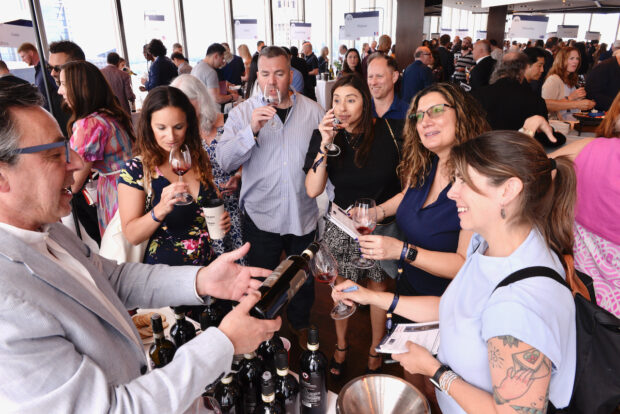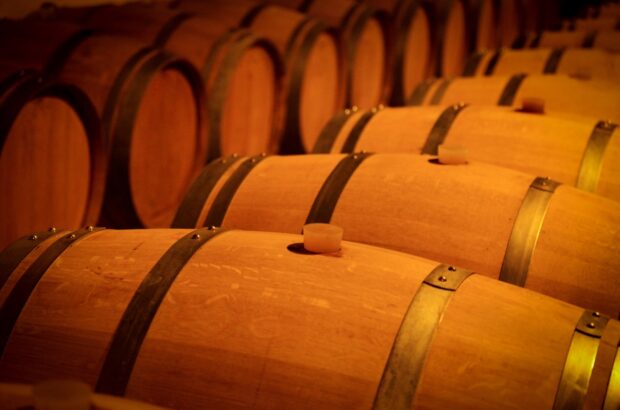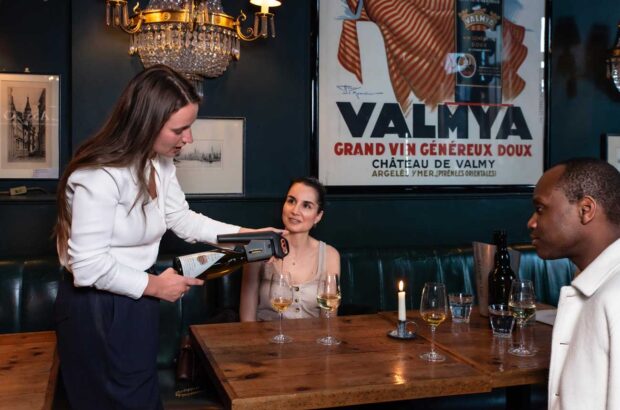Promotional feature
‘We few, we happy few, we band of brothers’...The song of Australia’s old vines
Promotional feature
We are not many, no, we, the elders of Australian wine, are few.
We were born before slavery was abolished in America, before women had the vote and before the advent of the first car or aeroplane flight.
As the ancestors of Australian wine, we have witnessed changes you will only read about in the history books. We have seen the years roll by and witnessed each changing vintage, serving and observing generations of Australian winemakers who have nurtured us as if we were their own children.
We, the old vines of Australia, have survived storms, drought, wars, pestilence and vine removal schemes to set an example to today’s and future generations of the magnificent potential of the grapevine. They call us old and we are, but we prefer to call ourselves mature.
We elder statesmen and women of the industry are immensely grateful to Yalumba’s Robert Hill-Smith and Brian Walsh, who called for recognition of our value by circulating an old vine charter. Today’s Barossa Old Vine Charter, adopted in 2009 to preserve, retain and promote old vines, groups us into four categories by age: Old; Survivor; Centenarian and Ancestor.

Credit: Barossa Grape and Wine Association
The Olds
We Old Vines aged 35 years are now fully mature, with a root structure and trunk thickness that encourages diversity of flavour and character and consistently producing the highest quality fruit.
The Survivors
At 70 and older, we are Survivor Vines, with a wow factor that pays homage to the commitment of growers and winemakers who have placed their trust in us.
The Centenarians
At 100 years and older, we may not receive a telegram from Her Majesty The Queen despite our gnarled appearance, but we Centenarian Vines have withstood the vagaries of time to produce wines whose astonishing character and concentration have the X-factor.
The Ancestors
We Ancestor Vines have stood strong and proud for 125 years with nothing more to prove, but, ancient as we are, even we can’t compete with Yalumba’s Tri-Centenary Vine, correctly described by Robert Hill-Smith as ‘Very Bloody Exceptionally Old’.
And who are we few?
Probably the most renowned among us stand in the ancient Hill of Grace vineyard planted by Nicolaus Stanitzki in 1860. Its dry-grown pre-phylloxera vines still yield grapes for the Henschke family’s flagship wine; a wine that’s classified as exceptional, the highest ranking in Langton’s Classification of Australian Wine. But did you know that Langmeil’s The Freedom Block is believed to date back to 1843 or that Château Tanunda still makes Semillon from vines planted in 1848, the year of the European revolutions?
Or that Hewitson’s Old Garden Mourvèdre includes eight rows of ancestor vines planted by Friedrich Koch in 1853? That Calabria Family Wines’ Iconic Grand Reserve Shiraz is made from 12 hectares of Shiraz planted over 100 years ago and Shiraz from 1847 forms the backbone of the Schulz family’s Turkey Flat Shiraz? And let’s not forget that Penfolds’ Block 42 Kalimna Cabernet Sauvignon, planted in the mid-1880s, is almost certainly the oldest Cabernet vineyard in the world.
In case you think that South Australia in general and Barossa houses all of Australia’s old vine heritage, that’s simply not the case. No less revered for instance are Tyrrell’s 4 Acres Shiraz planted by founder Edward Tyrrell in the Hunter Valley way back in 1879. Victoria too has its stock of old vines, among them Pinot Meunier at Best’s in Great Western and Marsanne in the Nagambie Lakes area, where Château Tahbilk believes it still has the same clone of the variety originally planted there in the 1860s.
We could go on, but suffice it to say that we believe that the importance of our old vine heritage lies in two main aspects. Firstly, we are not museum pieces but contribute tangible quality to today’s wines. Let’s refer to the authority of our academic friends when they say that older vines tend to produce wines higher in berry aroma and fruit intensity. Or as the Adelaide marketer Brian Miller put it – ‘Like people, old vines do it less but they do it better’.
Just as important, maybe more so, we older vines have individuality and character in spades. We are living testament to the fact that age of vine matters, informs, educates and inspires, concentrating wine and mind alike.







